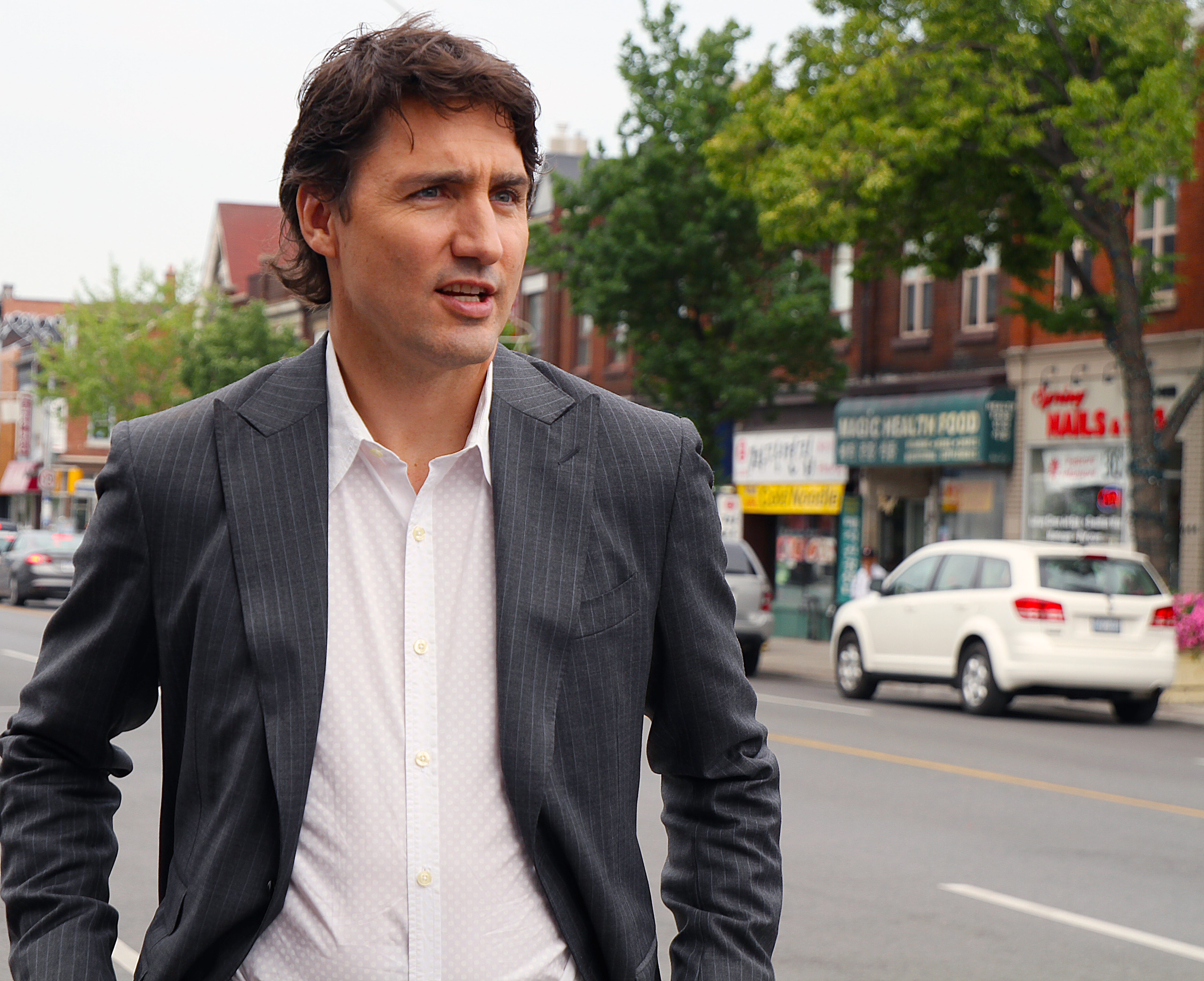By Elijah Lutz, Staff Writer
It was Election Day on Monday, but not for anyone here in the States. Rather, the 35 million people of Canada went out to the polls to select their Members of Parliament, and in turn, select who will lead the country for the next few years. Like the United Kingdom, Canada has a parliamentary system of government where the Prime Minister, or the leader of the majority party in the House of Commons, is the chief executive. Going into the election, three of Canada’s major parties were vying for power: the Conservatives, the New Democrats and the Liberals; and all three were neck and neck (and neck) in the predictions.
[column size=two_third position=first ]The Conservative Party, who has been the majority party since 2006, is the first of the three. Led by Prime Minister Stephen Harper, the Conservative Party is one of the two main “power parties” in Canada, being the child of the historic former Progressive Conservative Party and the Canadian Alliance Party. The Progressive Conservative Party was one of the only two parties to hold power in Canada, along with the Liberal Party. First elected to power in 2006, then again in 2011, they have held the majority for almost a decade. In 2011, the Conservatives won a comfortable 166 seats in the House of Commons, needing only 155 for a majority. The Conservatives support low taxes, smaller government, strong military and law enforcement and respect for traditional values. Though they are neutral on social issues like abortion and marriage equality, the membership base of the Conservatives has a faction of conservatives who oppose both.[/column]
[column size=one_third position=last ]
Justin Trudeau is set to become the 23rd Prime Minister of Canada
[/column]
The New Democratic Party, led by Thomas Mulcair, has been the Official Opposition of Canada since the 2011 election. It is the social democratic party, notably further left on the political spectrum than the liberals. In the 2011 election, the NDP won a surprising 103 seats in the Commons, making it the Opposition over the traditional Conservative opponent, the Liberal Party. Though founded on the principles of socialism, the NDP has worked to not be associated with the negative stigma that comes with being socialist. The NDP supports Canada’s social safety net, high tax rates for large corporations and the wealthy, pacifism and organized labor (especially for public sector jobs such as teachers, nurses, and government employees.) It has been argued that, due to the NDP’s attempt to appeal to the more center of the spectrum, the Liberals and the NDP should just merge to avoid any further splitting among the progressives.
The Liberal Party of Canada, led by Justin Trudeau, son of former Canadian Prime Minister Pierre Trudeau, is the center-left party that has historically been the sparring partner for government with the Conservative Party. Known as the “natural governing party,” it held power in Canada for almost 70 years in the last century, more than any other party in a developed democratic nation. Support for the center-left party has declined, however, having had its worst results in an election in 2011, when they won only 34 seats in the Commons. The Liberals generally try to maintain fiscal conservatism, and social progressivism. The Liberals support immigration, maintaining universal health care, pensions, abortion rights, marriage equality and a mostly unregulated free market.
For the election on Monday, 338 seats were up for grabs in the House of Commons. To gain a majority, a party needed to win 170 seats. In a surprise upset, the Liberal Party became the majority, winning a total of 184 out of the 170 needed for a majority. The Conservatives only won 99 seats; the NDP won only won 44. The remaining 11 seats went to Bloc Quebecois and the Green Party. Justin Trudeau is set to become the 23rd Prime Minister of Canada, while current Prime Minister Stephen Harper will once again be taking the post of Leader of the Opposition.




